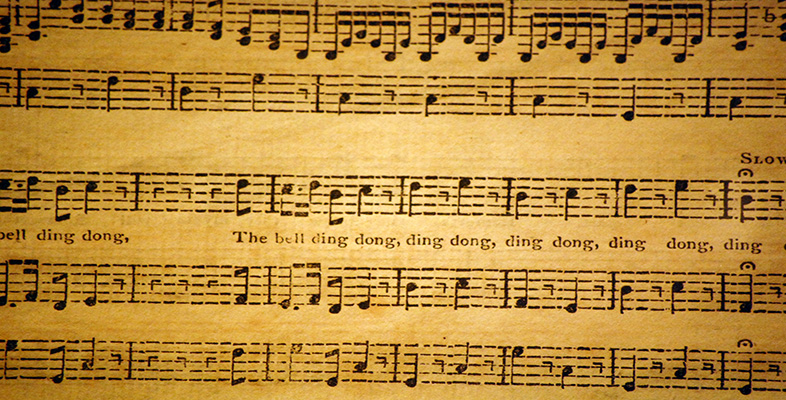1.4 Some introductory listening
I want you to begin by listening to five complete movements from Mozart's piano sonatas. This preliminary listening will give you a flavour of the style you will be examining. This course will be concerned mainly with very short extracts (usually no more than 8 bars) but you will need to have heard the entire movements in advance so that you will recognise the extracts and put them into context when they appear.
Activity 1
Listen to the five complete movements from Mozart's piano sonatas below, following the movements in the scores (also below). This will take about half an hour.
Piano Sonata in B flat, K333, first movement (4 minutes)
Piano Sonata in B flat, K333, third movement (6 minutes)
Piano Sonata in C, K309, first movement (4 minutes)
Piano Sonata in C, K545, first movement (4 minutes)
Piano Sonata in B flat, K570, third movement (3 minutes)
Click to view a pdf of the scores [Tip: hold Ctrl and click a link to open it in a new tab. (Hide tip)] .
What do these five movements have in common? What words do you think best sum up the style of these movements, in general terms?
Discussion
These five movements are all in major keys, and in a similar tempo. For variety, I have chosen three first movements (all in sonata form) and two finales (both in rondo form). These works are fairly representative of the Viennese Classical style between about 1770 and 1790. Poise, balance, symmetry, urbanity, logic, purposefulness, understatement and wit are all words that writers often use about Mozart's instrumental music. I expect that you chose these or similar words and phrases to describe Mozart's pieces.
This way of describing Mozart's style, while according with what nearly all listeners think of its effect, does not tell us very much about how the music is actually put together. The words suggested in the Discussion above are fairly vague characterisations, and it is much more difficult to define features of the style through precise reference to the notes themselves. How can we describe in detail such things as melodic structure, form and harmonic language? This is the task of music analysis, and something you will be working towards in the three courses of the series (this, Voice leading analysis of music 2: the middleground and Voice leading analysis of music 3: the background).
